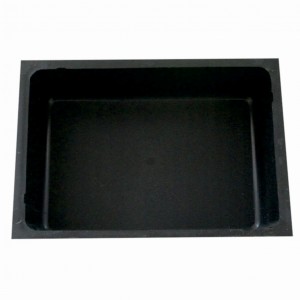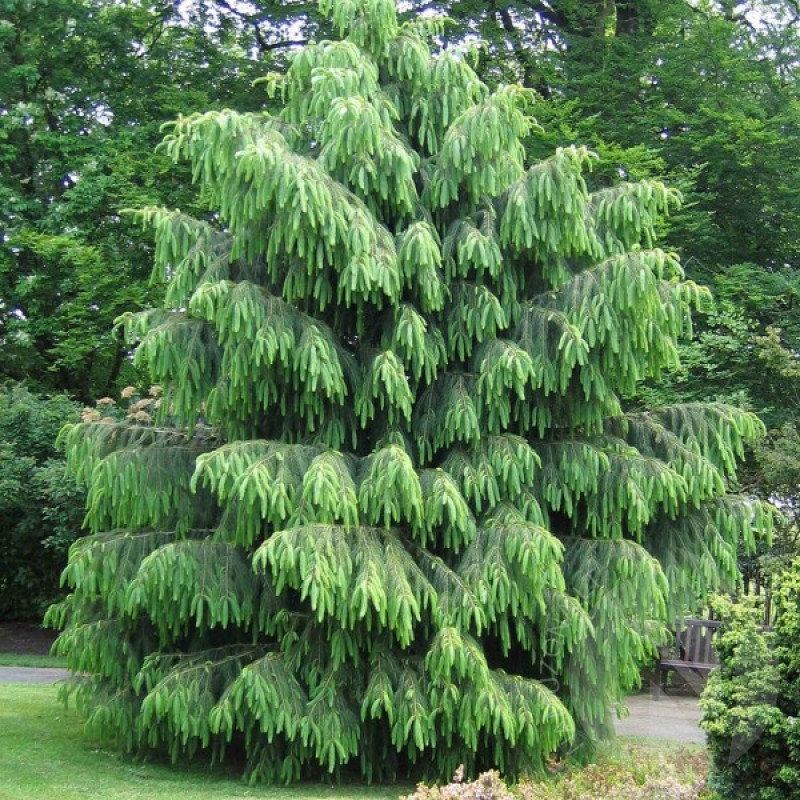
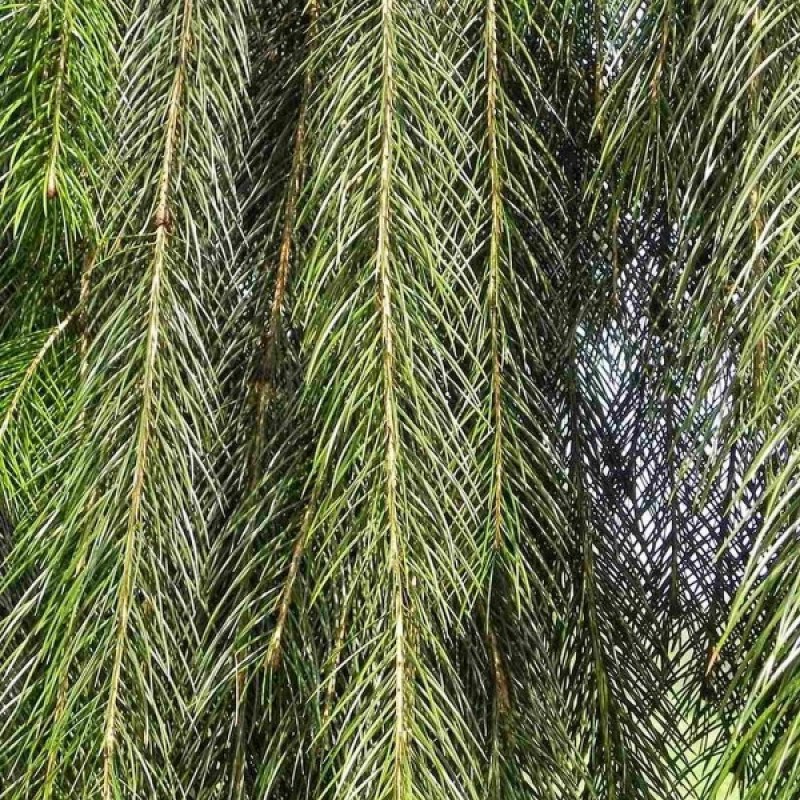
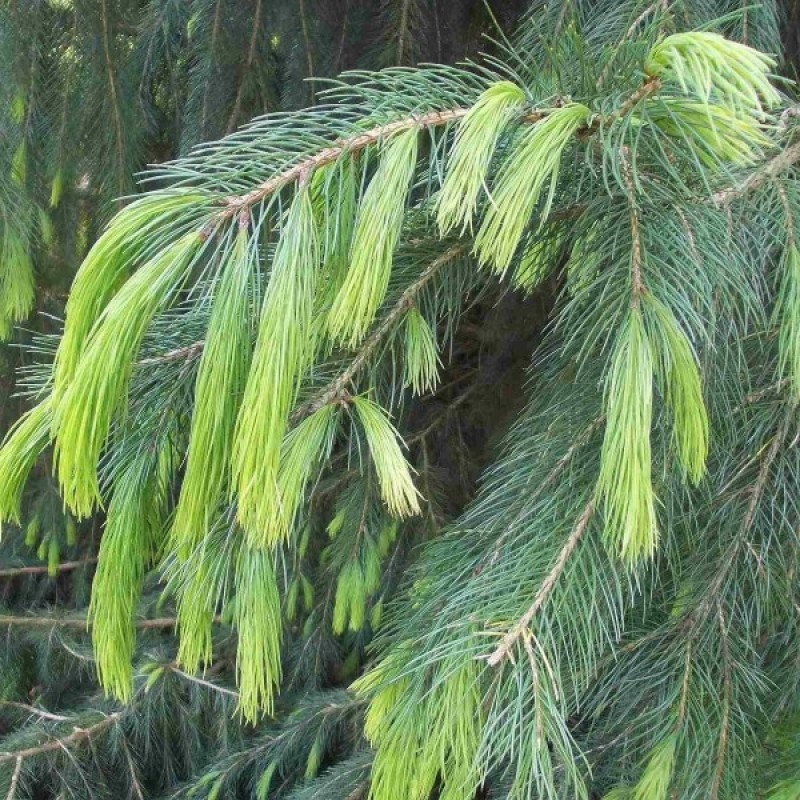
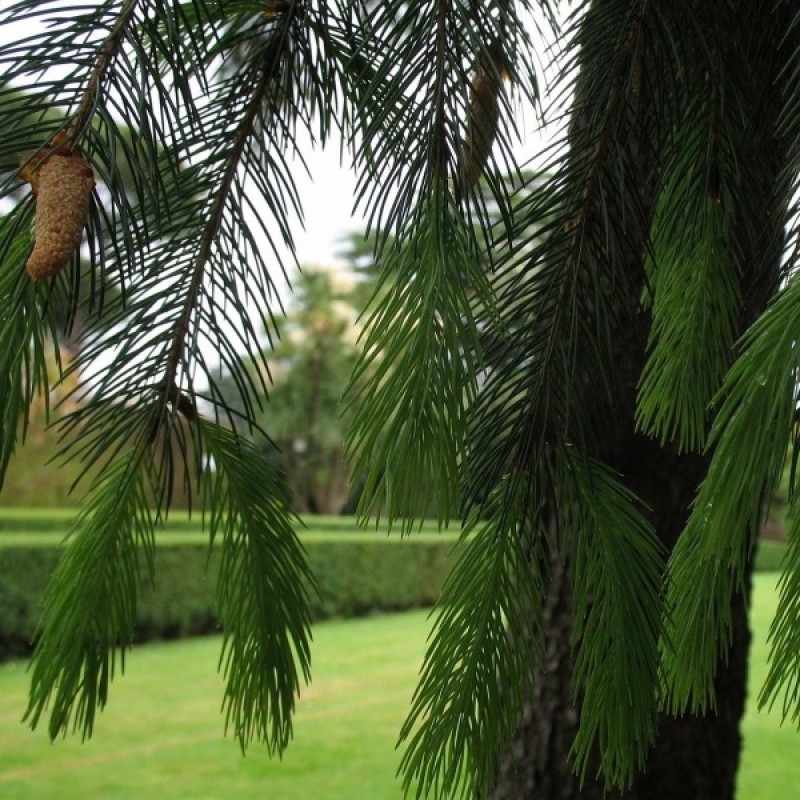
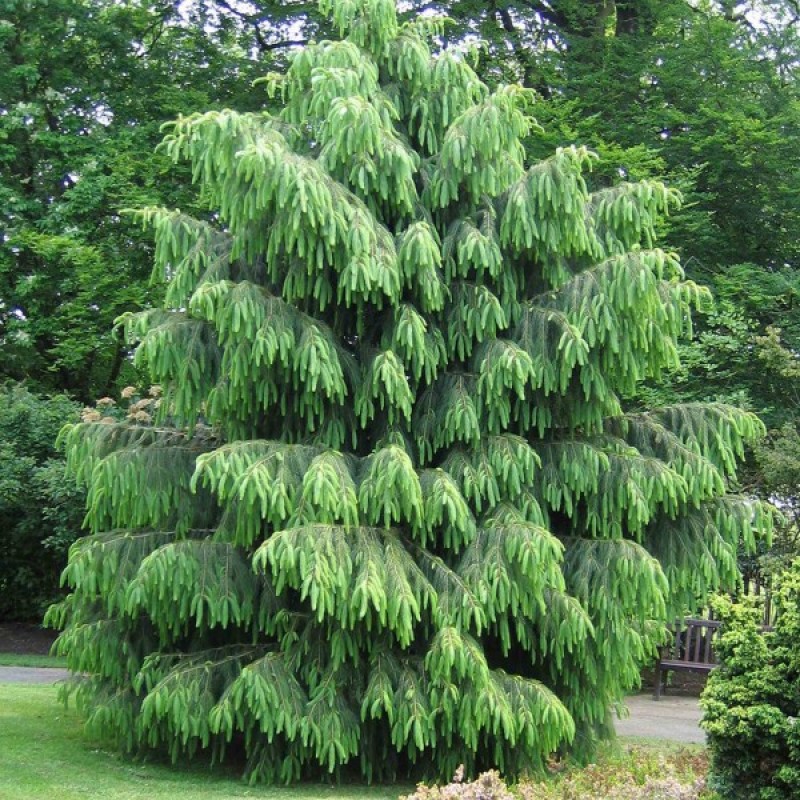
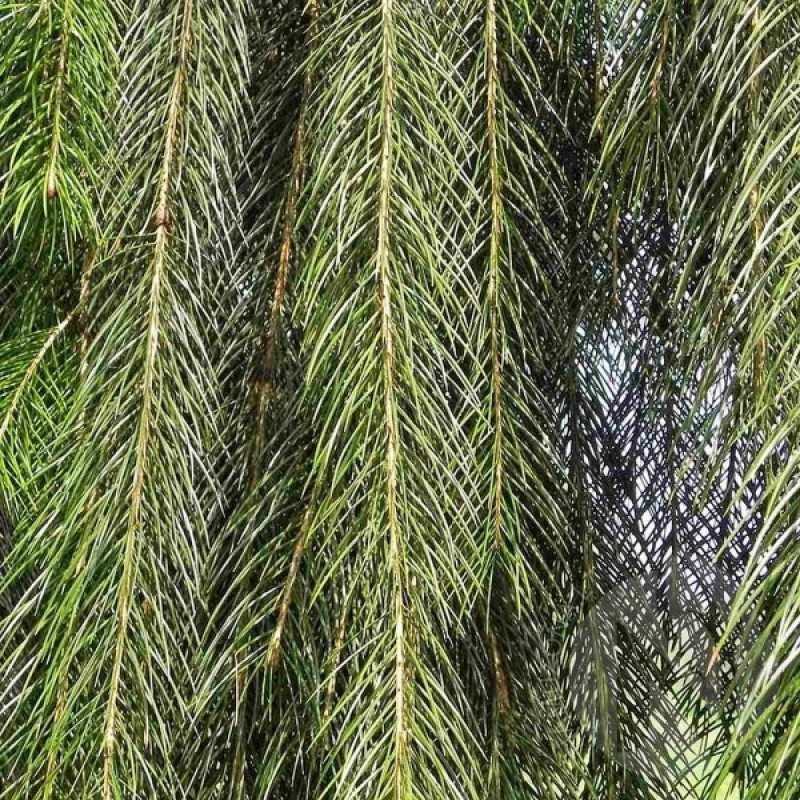
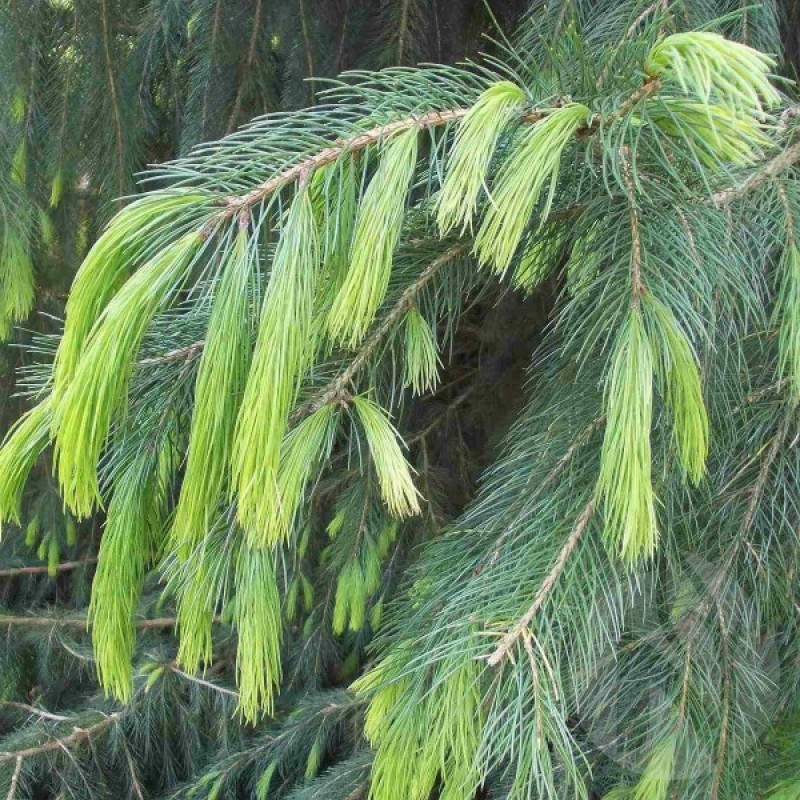
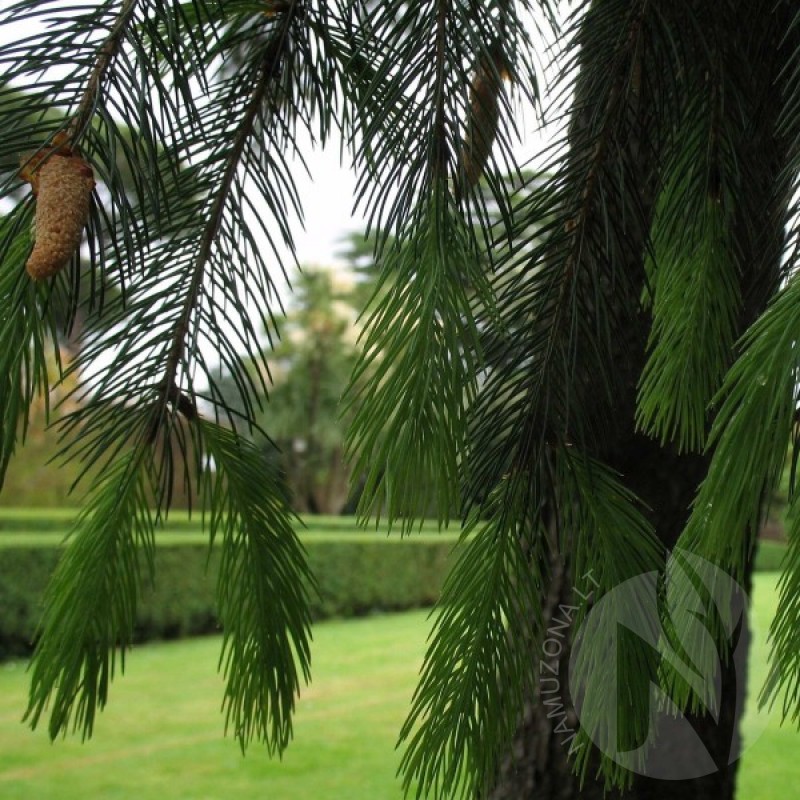
PAY ATTENTION!
All seeds (except SOLD OUT) are available for immediate shipping and will be dispatched within 1-2 business days.
INFORMATION NEEDED? PLEASE CONTACT US NOW!
Also known as the West Himalayan spruce, the morinda is found all along that mountain range from Afghanistan to Nepal. First grown in Britain in 1818, it is grown largely for its ornamental value outside of its native environment.
Picea smithiana has the longest needles of any spruce, up to 5cm in length, and they are a luscious, vibrant green. The needles are pointed, as with many conifers, and curve forwards as if protecting its branches.
The male flowers of the tree appear at the end of shoots and shed their pollen around June. These small, pale green buds are complemented by the female cones, which start out as a similar green colour and ripen to brown, reaching a maximum length of around 15cm.
Whilst it is not the most common conifer found in Britain, the morinda spruce does feature in a number of large gardens and is distinguishable by its long, hanging branchlets. This unusual shape enables the tree to easily shed the huge amounts of snow that accumulate on its branches in its homelands.
At first glance, its appearance is not dissimilar to Brewer's spruce (Picea breweriana), which is also known as the weeping spruce, but the latter is much shorter and has denser foliage than that of the morinda spruce. In addition, the leaves or needles are round, while those of Brewer's spruce are flat.
As it grows more slowly than other common evergreen conifers such as the Norway spruce (Picea abies), it is not extensively grown for timber or paper production. As a result it is grown almost entirely for its ornamental value. (source: apps.kew.org/trees)
Genus - Picea
Species - Morinda
Variety - Smithiana
Common name - West Himalayan Spruce
Pre-Treatment - Not-required, but recommended
Hardiness zones - 6 - 9
Height - 100' / 30 m
Spread - 20' / 6 m
Plant type - Large Tree
Vegetation type - Evergreen
Exposure - Full Sun, Partial Shade
Growth rate - Slow
Soil PH - Acidic, Neutral
Soil type - Clay, loam, sand, well drained
Water requirements - Average, drought tolerant
Landscape uses - Feature Plant, Hedges, Screening / Wind Break
Leaf / Flower color - Green / --
GERMINATION INSTRUCTIONS
1. Soak the seeds in room temperature water overnight.
2. Keep the seeds in refrigerated, soil-filled zip-lock bags for 30 days after the initial soaking, a process that mimics the natural dormancy period they would experience during winter months in the wild. Some experts recommend this method, and others say seeds may be planted immediately after soaking. If soaked seeds are not kept in soil, they may be refrigerated for up to 14 days before use.
3. Place a 3-inch layer of dry soil, such as peat moss or clean sand, in a small vase. Bury spruce seeds 1/4-inch below soil. Cover soil with mulch layer. Keep the vase in a partially shaded place. Water occasionally, so that the soil is always slightly moist.
4. Seed will sprout in three to eight weeks. For one year, keep seedling in partially shaded place. Water occasionally, so that the soil is slightly moist.
5. After one year, transfer the seedling to a gallon-sized vase or larger, maintaining a balance of dry, clean soil and mulch. The seedling may now be kept in full sun. Continue watering occasionally, so that soil is slightly moist. (info source: eHow.com)
Atsiliepimų apie šią prekę kol kas nėra.
No questions about this product.







